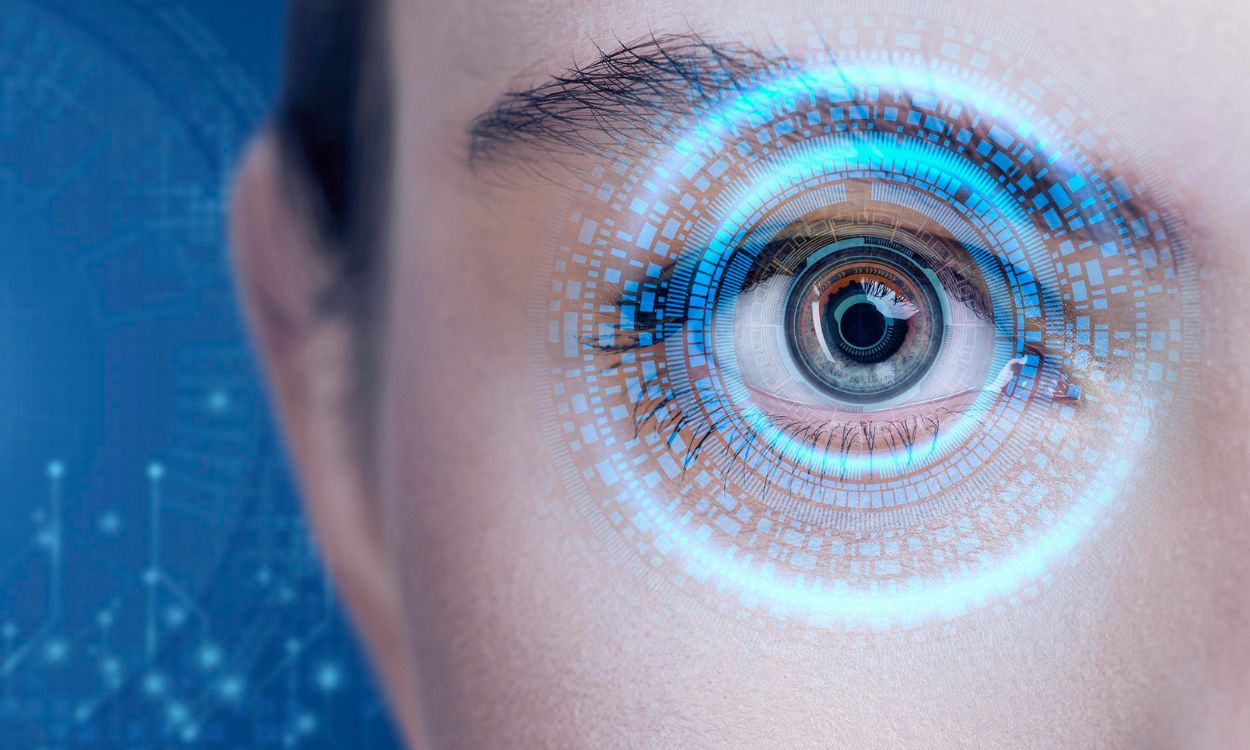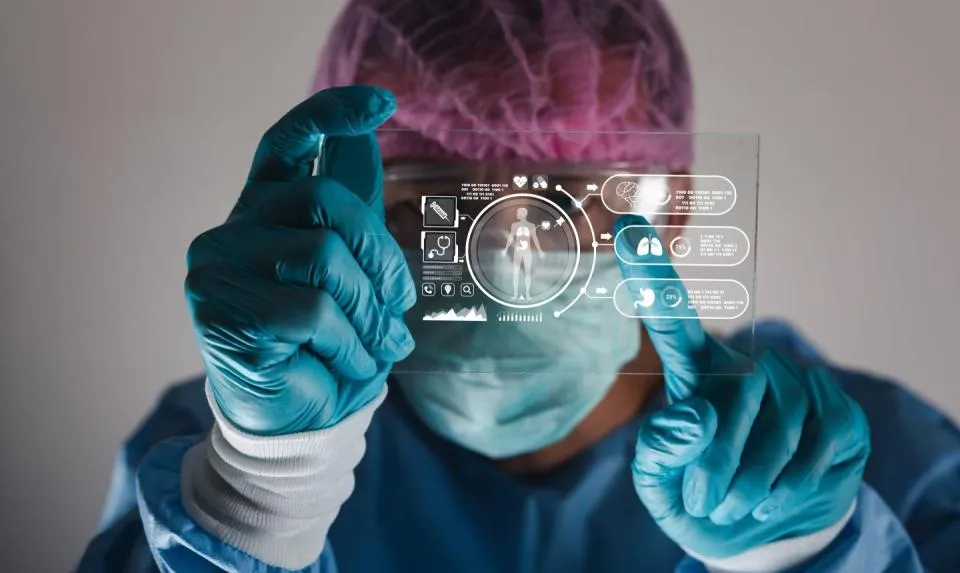The eyes are one of the most important organs of our body, and taking care of eye health is essential, especially for those spending long hours in front of a computer screen or performing tasks that strain your eyes. This year’s World Sight Day emphasizes the value of eye care at work to compel businesses to adopt eye health initiatives as routine procedures and to promote eye health behaviors that will enhance the productivity, safety, and general well-being of millions of workers.
While looking at a tablet, laptop, or smartphone screen won’t cause eye damage, it can result in a “digital eye” with common symptoms like sore, itchy, or weary eyes, headaches, poor colour perception and brief blurring. These are more probable when someone stares at the screen for extended periods, when there are reflections on the screen, when the characters are too small, or when the contrast is insufficient.
Here’s how healthy eyes can bolster productivity at work:
Reduced eye strain
Healthy eyes are less likely to experience discomfort and strain, which can result from prolonged screen time or reading small text. When the eyes are comfortable, one can work for longer periods without feeling fatigued, leading to increased productivity.
Improved focus and concentration Healthy eyes allow for better focus and concentration on tasks since when the vision is clear, and eyes are functioning optimally, employees can stay engaged in their work and complete tasks more efficiently.
Enhanced visual acuity
Good eye health means better visual acuity, which is crucial for tasks that require attention to detail. Whether an employee is analyzing data, proofreading documents, or working with intricate designs, healthy eyes help spot errors and nuances more easily.
Faster information processing
Healthy eyes contribute to faster information processing, and employees can quickly scan and absorb information from documents, spreadsheets, and presentations, allowing them to make decisions more efficiently and respond promptly to emails and messages.
Reduced absenteeism
Eye-related health issues, such as eye infections or eye strain, can lead to absenteeism. When the eyes are healthy, employees are less likely to take sick days, ensuring consistent attendance and productivity at work.
Better time management
Healthy eyes allow employees to manage time more effectively and they can prioritize tasks, create schedules, and adhere to deadlines more efficiently when the vision is sharp and the eyes are comfortable.
Ways to take care of eye health at workplace
Protection against screen
Although using a computer for extended periods of time won’t permanently harm the vision, it can sometimes make it difficult to focus and contribute to headaches. Employees should consider moving the computer screen to be at eye level and at least an arm’s length away from their face to help prevent “Computer Vision Syndrome”. A further useful advice is to utilize an anti-glare screen on the computer monitor, which will lessen the amount of glare that hits the eyes.
20-20-20 break rule
Employees should follow the popular 20-20-20 rule – every 20 minutes, take a 20-second break, and look at something at least 20 feet away to relax the eye muscles. This can also help prevent eye strain.
Protective eyewear
Many workers avoid wearing protective eyewear due to discomfort or interference with their work. Face shields, safety goggles, and full-face respirators should be worn in industries with eye injury risks. These shields should be adjusted to ensure appropriate coverage and comfort. Additionally, the individual must have sufficient peripheral vision to avoid other injuries or discomfort in the workplace. Lack of peripheral vision can lead to other injuries or discomfort.























